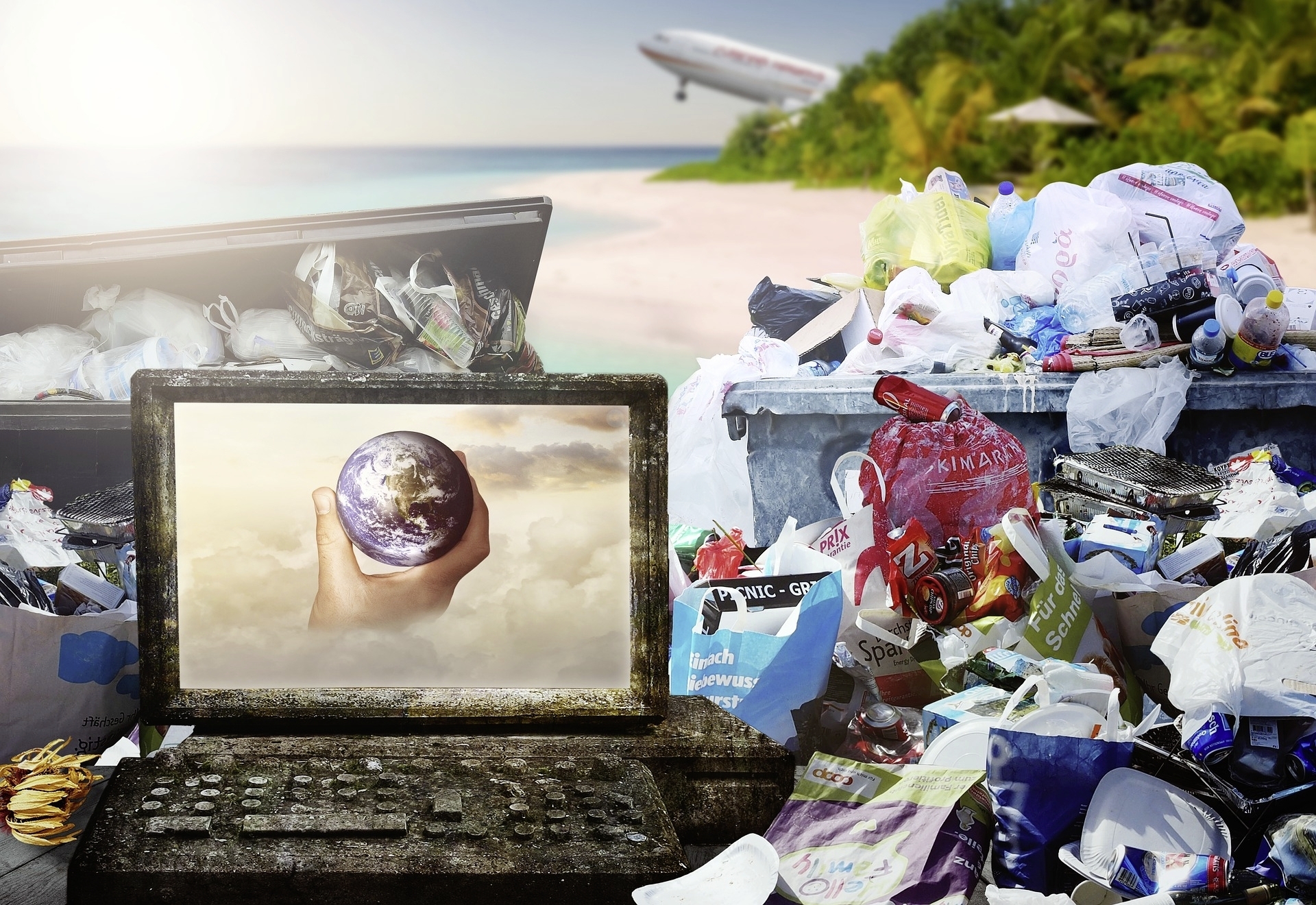About eighty percent of the plastic waste that drifts into the oceans ends up on beaches or swimming in coastal waters. The proportion of suspended plastic is particularly high in coastal areas of Southeast Asia and around the Mediterranean.
This is what an international research team headed by the University of Bern has published in the specialized journal Environmental Research Letters. Scientists have developed a model based on ocean currents and estimates of how much plastic waste that is carelessly disposed of ends up in the oceans.
Antarctica is plastic free
Assuming no plastic is collected from beaches or the sea surface, 77 percent of floating litter will flow into beaches or coastal waters within five years.
Where most of the plastic flows into the oceans, the highest percentage is also found on the coasts, calculate the researchers working with Viktor Unink, a doctoral student in physics at the University of Bern. This particularly affects regions such as Southeast Asia and the Mediterranean, where much of the plastic is carried from the Nile into the water. Concentrations are lowest in less populated areas such as the polar regions, the coast of Chile and parts of the coast of Australia. W: In simulations, the Antarctic mainland remained plastic-free.
Collecting
Additionally, models show that in the eastern United States, in eastern Japan and Indonesia, among other countries, the plastic recorded is more likely to end up in the open ocean than anywhere else. “In these places it will be particularly effective to collect plastic waste before it can escape into the open ocean,” Unink was quoted as saying by the University of Bern.
The authors note that entry from marine sources should be taken into account in further studies. Because shipping, for example, also plays a role in plastic pollution.

“Alcohol buff. Troublemaker. Introvert. Student. Social media lover. Web ninja. Bacon fan. Reader.”






More Stories
Dirty Deals – Refugee deal between Great Britain and Rwanda
YouTube significantly increases advertising revenues – Quotenmeter.de
Shoplifting reaches record level in England and Wales